As a piano player by trade:
The question of who my influences are who I have been aware of many over the years has popped into my mind frequently.
But I’ve never sat down and made a comprehensive list.
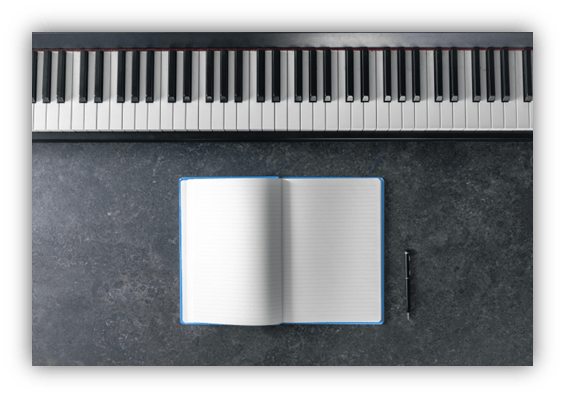
Until now.
This is not a list of who I think are the greatest piano players in modern music history.
It’s a list of the players that have inspired me and/or had an effect on my playing over the years. You will see representatives from pop, rock and jazz on this list, as I love all of it, and multiple genres figure into my playing style. Let’s take a look, shall we?
Elton John
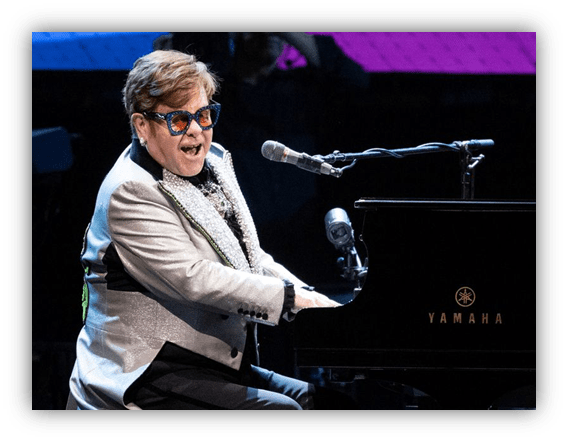
Anyone under the age of 70 that plays rock piano is going to have a difficult time not having Elton as an influence, whether they realize it or not.
I’m no exception. His playing is ubiquitous. Describing it at this point is like describing ice cream. It’s unnecessary. Elton, particularly 70s Elton, totally commanded the instrument, which in turn commanded the room, whether it was a ballad, an up-tempo rocker, or anything in between.
Just two of my favorite examples of him really cutting loose:
- “Grey Seal”, where the piano is just cruising along at a blistering pace, as if it’s nothing
- And “Honky Cat”, where he takes New Orleans funk out behind the shed and gives it a thrashing. What he’s doing toward the end of the song is just sick.
Billy Joel
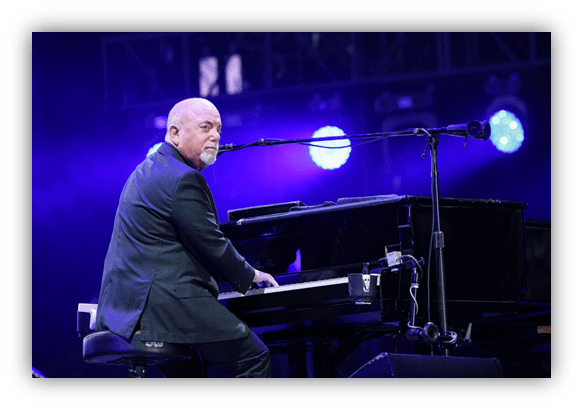
I was 12 when my brother Greg brought home The Stranger and those songs just spoke to me.
His playing style mirrored his voice and lyrics, with such a unique, personal sense of character and delivery that always stood out from the rest. Subsequent albums 52nd Street and Glass Houses equally captivated me, particularly the latter.
Two standout Joel tracks for me:
- “Always a Woman:” The gentle rolling piano lines ebb and flow so expressively that the vocal line just floats over the top like a boat on the water.
- “Prelude/Angry Young Man:” Live version from A Matter of Trust- The Bridge to Russia
That fast hammering he does where he’s alternating on the same note with two hands blew me away. Having never seen him live, it shined a light on his technical skills at a whole new level.
Ben Folds
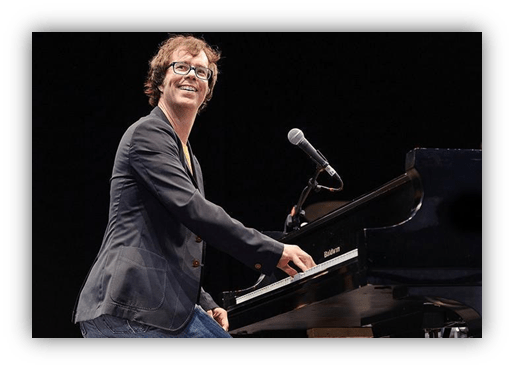
He’s the best rock/pop piano player I’ve ever heard.
Don’t try to argue with me. But what about… Just stop. Nobody beats him. I even wrote a song about it, so it must be true.
Sure, he himself has his influences, but whatever anyone did before him, he took it and did it better. As you see here today, many piano players have inspired me in my lifetime. He did just the opposite. The more I listened to him, the more I felt like I should just give up and never touch a piano again.
In all seriousness, it really does scare me that someone can be that good, but his no holds barred approach to playing and live performances have inspired me to let go of all fear and perceived limitations and just go for it. I’ll never be as good as him, but I’m in good company.
Ramsey Lewis
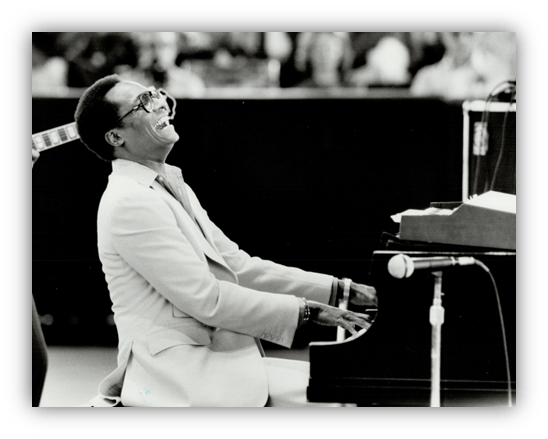
The very idea of rock-infused jazz may infuriate some, but it was always perfect for me because I love both genres immensely.
My parents had several Ramsey albums growing up and those records spoke to me. His jazz voicings and blues-based soloing over what was essentially a rock back beat on “The ‘In’ Crowd” and others like it has had more of an effect on my playing over the years than almost anyone else out there.
“Blue Bongo” the first track on Goin’ Latin mesmerized me as a young adult to the point where I wrote a “Holy Holy” (a Catholic liturgical piece) based on the percussion groove. It was practically impossible for a congregation to sing, so it was only played live one time.
Roy Bittan
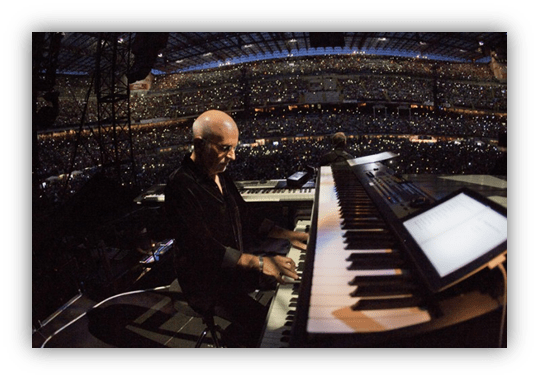
When Bruce Springsteen is at his most epic, a big part of that sound is undeniably Roy Bittan’s trademark grand, sweeping octave piano lines:
Usually in the higher register, with thick, lush chords in between. Sometimes doubled with a glockenspiel, organ, or other instruments, they take an already impassioned tour de force and raise the stakes every time.
This is something I incorporate frequently in my playing, and it always takes me to the next level emotionally. I know I got it from Roy. He can play many different styles, but when he is in this particular zone, it hits deep.
Key tracks:
- “Out In the Street”
- “Badlands”
- “Candy’s Room”
- “Prove It all Night”
- “Backstreets”,
- “She’s the One”
- “Word on a Wing”- David Bowie (from Station to Station).
Vince Guaraldi
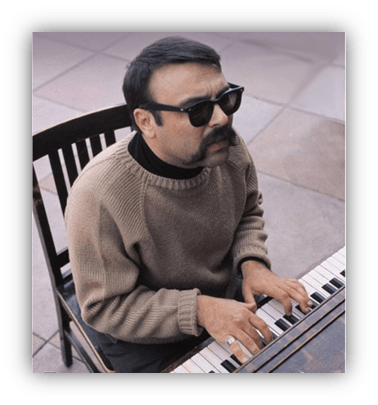
As little kids, jazz invaded our lives in the form of Vince Guaraldi’s ever-present soundtracks to the Peanuts tv specials, particularly A Charlie Brown Christmas.
It was his top-40 hit instrumental “Cast Your Fate to the Wind” that landed him the gig. What he does at the beginning of that song, with the left hand playing the repetitive pattern that works as a pedal tone, and the chords floating over the top, is something I am drawn to do all the time, in my playing and in my writing.
Guaraldi’s overall influence on me is inescapable, and I am happy to be held captive.
Some of my other favorites:
- “Christmas Time Is Here”
- “Skating”
- “Thanksgiving Theme”
- “The Great Pumpkin Waltz”
- And of course: “Linus and Lucy”
Neal Doughty
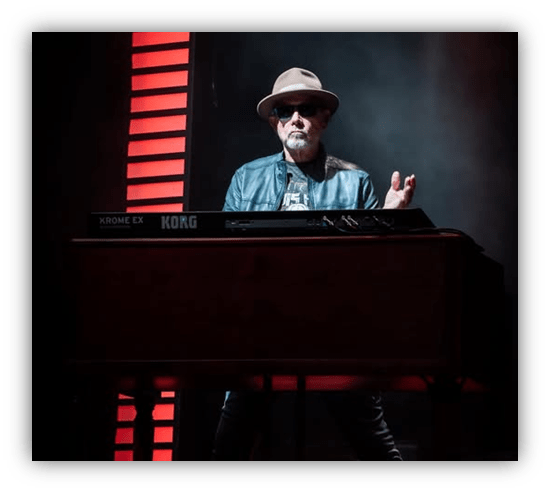
When REO Speedwagon let Neal Doughty out of his cage on the piano, man, could he cook.
He was one of the first piano players I noticed that wasn’t fronting a band. “Roll With the Changes” is the first song to come to mind. His solos on “Say You Love Me or Say Goodnight” and “The Unidentified Flying Tuna Trot” off the same album are pure fire. And if you haven’t heard it, the original studio recording of “157 Riverside Avenue” is a choice Doughty cut for blues piano that just rips.
Carole King
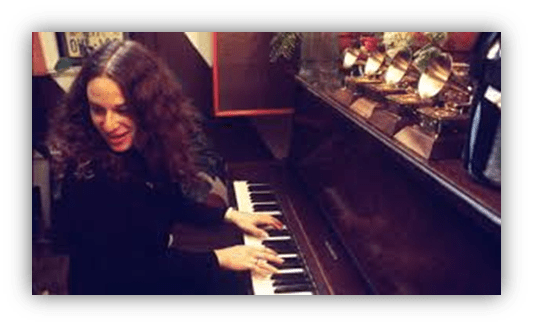
Carole King’s piano skills are not the first thing most people probably think of when her name comes up, but they are an inherent part of her compositions.
Being that she is one of the greatest songwriters in pop history, that matters. Growing up, Tapestry, true to its name, was woven into the fabric of my musical awakening. The piano part on “I Feel the Earth Move” excited me as a child, and still does.
Christine McVie
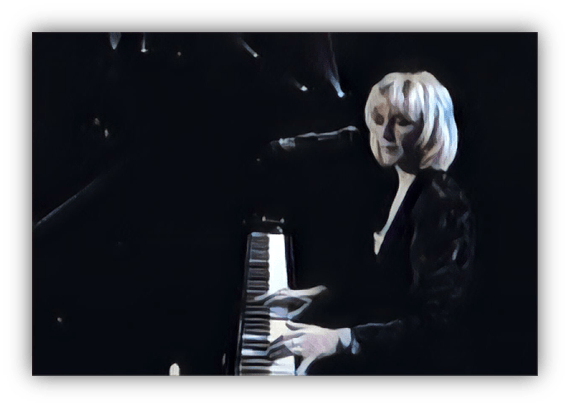
She was always locked in with the rhythm section of any band she was in, and like Carole King, her keyboard skills are key to her compositions.
Christine’s rock solid, groove-oriented playing with Fleetwood Mac certainly fueled many of her big hits. She was for sure an influence on me as a Mac loving 12-year-old, and to this day. Her piano/keyboard parts on such hits as “Say You Love Me”, “Don’t Stop” and “You Make Loving Fun” are understated master classes in how to provide the basis for an irresistibly catchy pop song.
And the piano on “Songbird”? Gorgeous.
Rod Argent
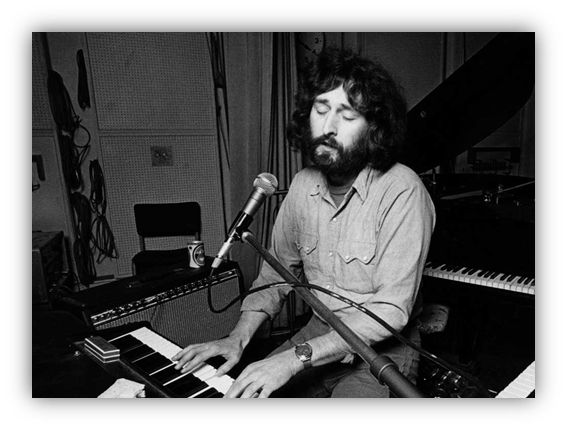
I talked about the Zombies and Rod to great extent in a previous article.
In the British Invasion era, the Zombies stood out as one of the only bands that was driven by the keyboards. Rod Argent was an incredible player that incorporated progressive jazz into his solos. His virtuosity at the instrument was unusual for the time. It’s a vital part of why their music always stood out from the pack, and drew me in almost involuntarily.
Dave Brubeck
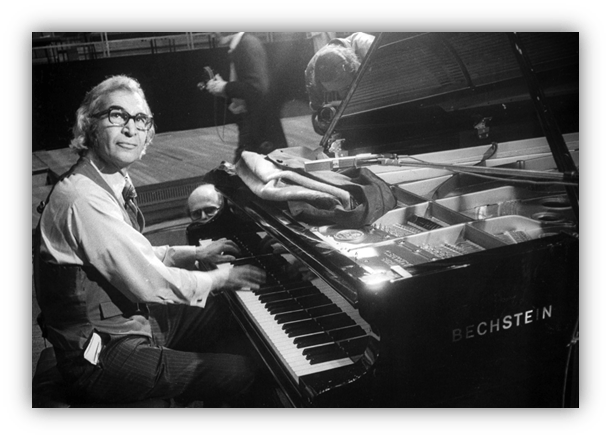
An early jazz influence of mine, and one of the main artists that really got me deeper into jazz piano post-college.
I particularly have been inspired by his pieces in the odd-numbered meters. Such as:
- 3: (“It’s a Raggy Waltz”, “Theme from Mr Broadway”)
- 5: (“Take Five”, “Far More Blue”)
- 7: (“Unsquare Dance”), 9 (“Blue Rondo à la Turk”
- And 11 (“Eleven Four”).
He’s definitely in there somewhere whenever I’m playing jazz or thinking outside the box in my composing and arranging.
Toni Tennille
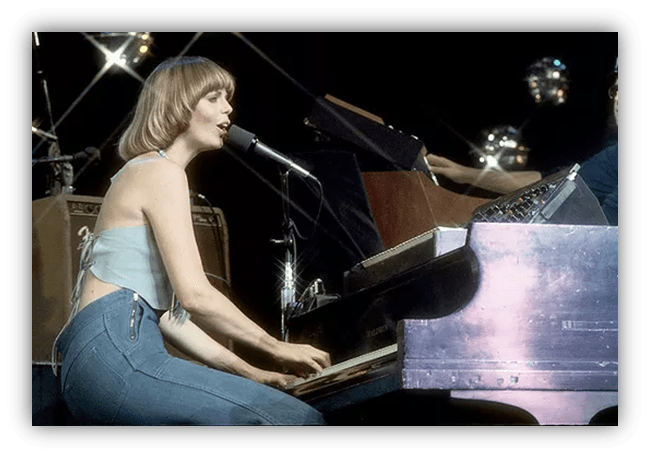
I was around 11 years old when Captain and Tennille briefly took over the pop landscape.
My friends and I formed a lip-sync band and performed their songs for family members and each other. We even built a crude, wooden facsimile of the Captain’s double decker keyboards, for me to fake play. What was ironic about this is that I could actually play the piano, and the musician I should have been emulating was Tennille.
Sure, Captain covered the keyboards, guitar, and bass, but it was her rhythmic, in the pocket piano playing that punched through the mix and was the foundation of so many songs, such as their hit cover of “Shop Around”. Occasionally, she got to throw in some bluesy licks and let her hair down on a song like “Feel Like a Man”.
Her vibrant style was a fine lesson for young me on how to anchor a song, and have a blast doing it.
McCoy Tyner
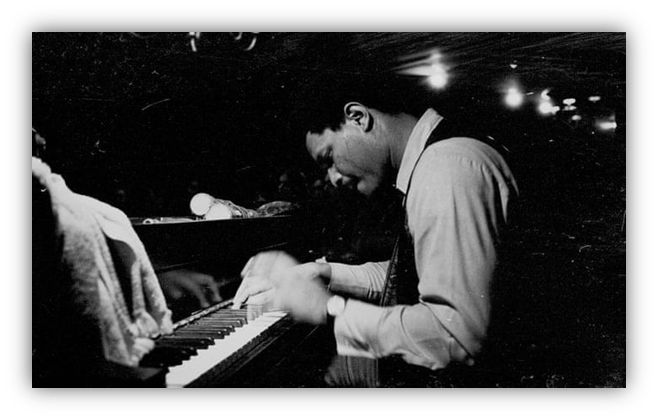
McCoy was part of a rarified group of musicians that smashed down the walls of what jazz could sound like.
I will never even come close to playing like him and I can’t comprehend probably 95% of what informed his playing that made it sound like it did. Still, in listening to him play on records like Coltrane’s “A Love Supreme”, I learned that there is no limit to where music can take you, and that there are no wrong notes if one possesses the hearing and understanding of what makes them right.
Start with “My Favorite Things,” and go from there.
Jerry Lee Lewis
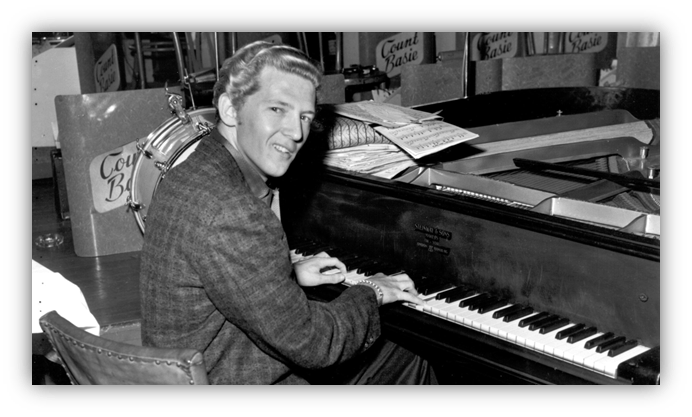
Throughout almost the entire decade of the 90s, I had one piano student. Joe.
In addition to classical music, he wanted to learn other more improvisational styles, so I taught him the blues scale. I told him if he used that scale and also played lots of major-minor 7th chords really fast and really high, the sky was the limit. Sure enough, a guitarist at his school heard him playing and immediately recruited him for his band. Joe still plays professionally today.
That high and fast stuff is a standard go-to of mine when I’m rocking out, and Jerry Lee Lewis is ground zero for that, no question, particularly on his biggest hit “Great Balls of Fire”. He was an absolute animal on the 88s, and out-rocked pretty much everybody. He didn’t invent rock and roll piano, but he is synonymous with it.
Also see:
- “Wild One”
- “High School Confidential”
Sergio Mendes
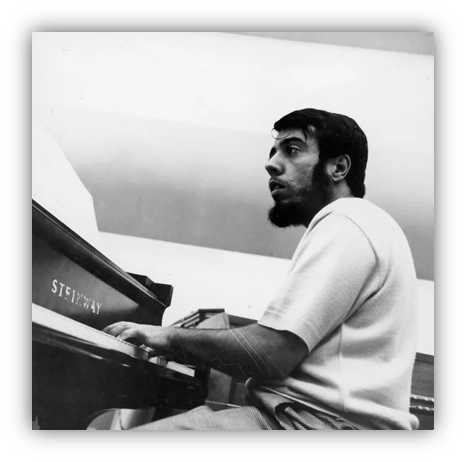
Brasil ’66 was a staple of the easy listening stations playing constantly in our house.
To us kids, it was firmly Dad’s music, and not what we would have chosen to hear. But those pop bossa nova songs with the driving piano seeped into my musical sensibilities and have stayed there for life.
A strong influence, whether I wanted it or not. But believe me, I decided a long time ago that I wanted it.
Examples:
- “Mas Que Nada”
- “With a Little Help From My Friends”
- “Night and Day”
- “Constant Rain”
Floyd Cramer
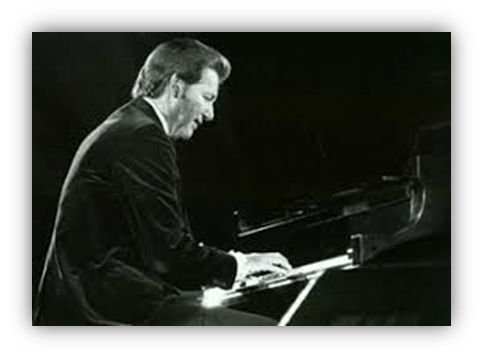
As a session player, Floyd Cramer’s bent-note method of playing permeated the pop and country records coming out of Nashville in the 50s and 60s. It became such a common approach that countless players were influenced by him and may not have even known who he was. For years, that was me, until someone told me I sounded like him and I figured it out.
Vanessa Carlton
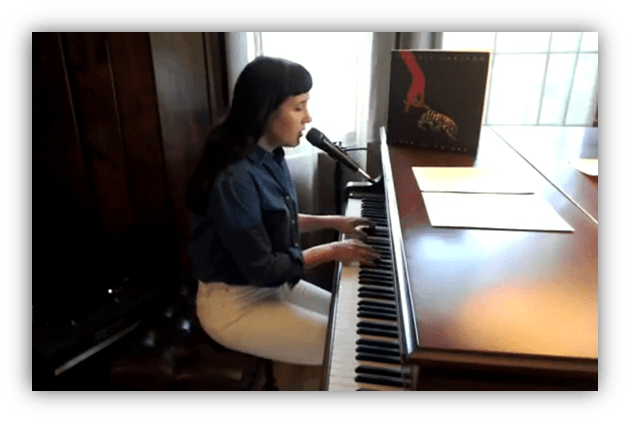
Her piano style was more ornate and dramatic than her contemporaries and those who followed, and it dominated her compositions. Known mostly for one big hit, “A Thousand Miles”, she stayed true to her vision on her follow up album and apparently the public had had enough. She never returned to the success of her debut, but I loved that second album. The passion in her playing and vocals, combined with her chord structures and melodies just really got to me. Songs like “White Houses”, “For Annie” and “San Francisco” still really hit me where I live. It was a lesson for me in the value of finding your unique voice and staying true to your vision. It doesn’t always pay off commercially, but there is no price you can put on knowing who you are and bringing to life the art that is inside you.
Bruce Hornsby
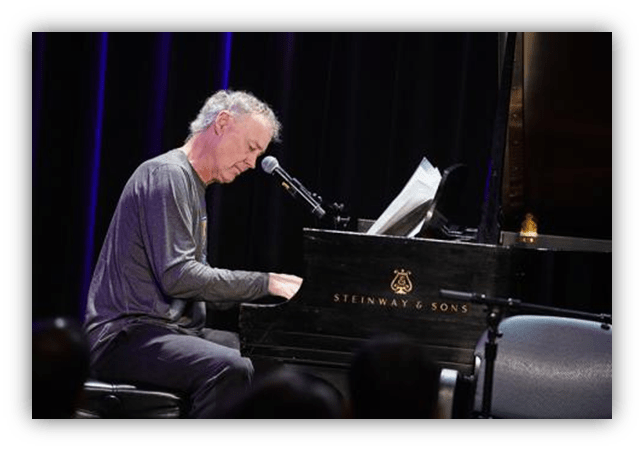
As the 80s progressed, and styles changed, the piano was not having a moment in pop music. It mostly tended to just blend into the woodwork if it wasn’t altogether missing in action. One exception was Bruce Hornsby. His playing on “The Way It Is” just sparkled and was not like anything I had heard on the radio before. His jazz-tinged chord progressions and soloing predated the kind of sounds that would soon dominate the smooth jazz format. Other songs where his playing stood out to me- “The End of the Innocence”, “Mandolin Rain”, and Bonnie Raitt’s “I Can’t Make You Love Me”.
Thelonious Monk
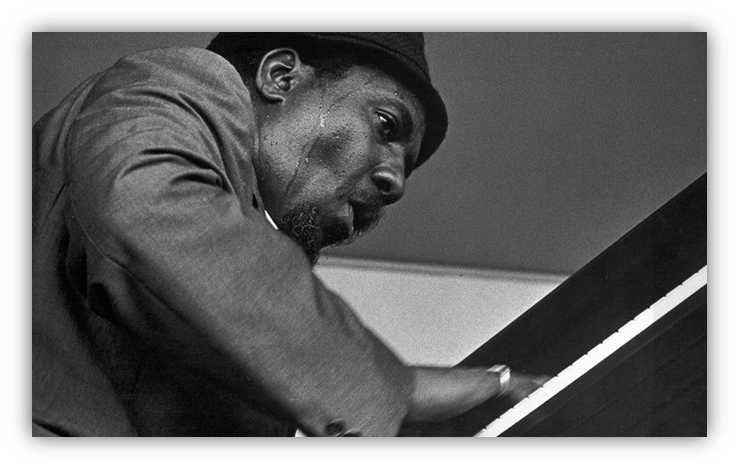
As a jazz piano player, Monk is an odd one. He always just did his own thing. He makes unconventional decisions with his left hand, often not comping the chords like most players, but just playing single lines or patterns, leaving the harmonic progression vague and wide open. Sometimes when a horn player is taking a solo, he disappears altogether. As a soloist, he can tend to meander, plunking out notes here and there with long pauses in between, throwing in scattershot runs when it suits him. To the outside ear, it may sound as if he’s playing his own song wrong, or just lost, but he never seemed too concerned about what anyone else was hearing.
The glue that holds everything together is his sublime compositions, with their expressively chromatic progressions and melodies, and rhythmic phrasing that sometimes feels off, but lands right where it needs to be. Jazz would not be the same without him. No one writes like him. He strips it down to the raw materials, to the heart and soul of what jazz is, sometimes more progressive sounding, sometimes with an old-timey feel, sometimes both at the same time. He can’t and won’t be duplicated, and that’s a good thing. We only needed one, and thank God, we got him.
Key tracks:
- “Well You Needn’t”
- “Blue Monk”
- “Crepuscule with Nellie“
- “Straight No Chaser”


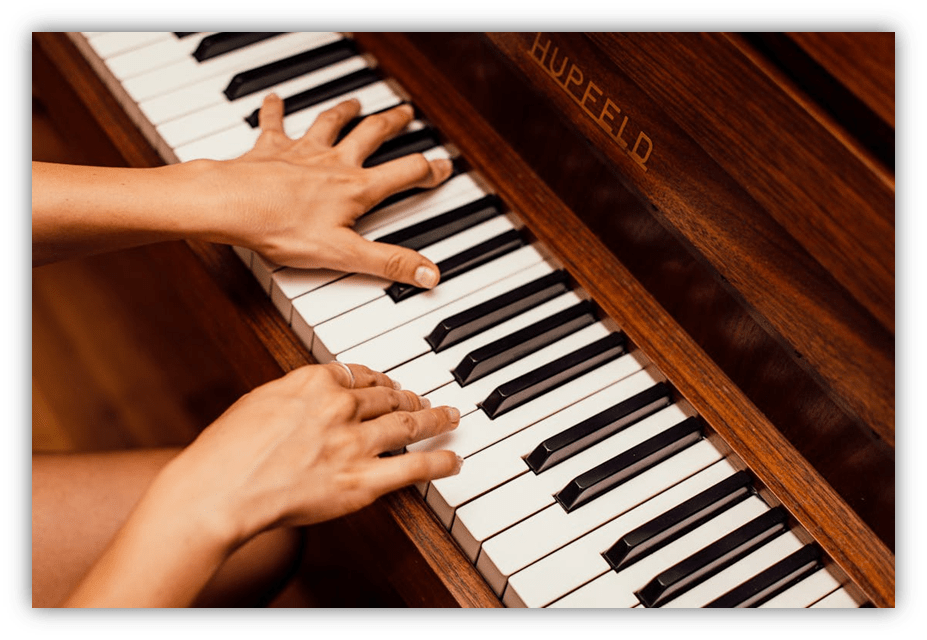

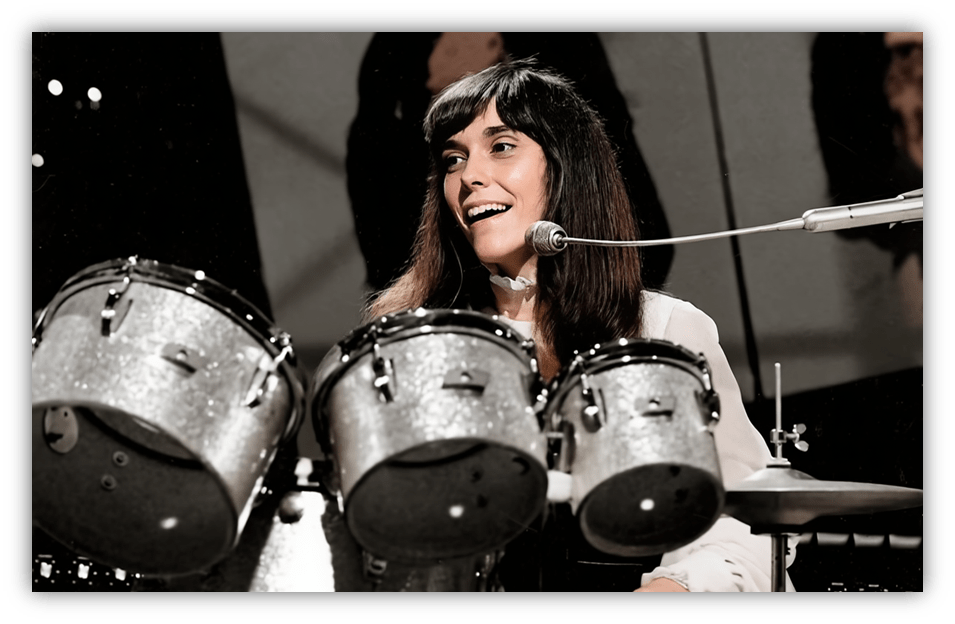
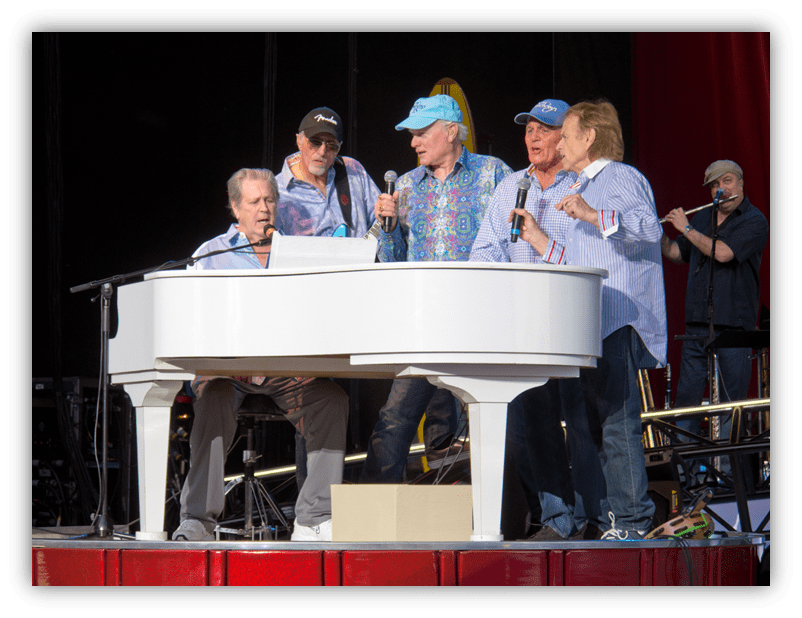
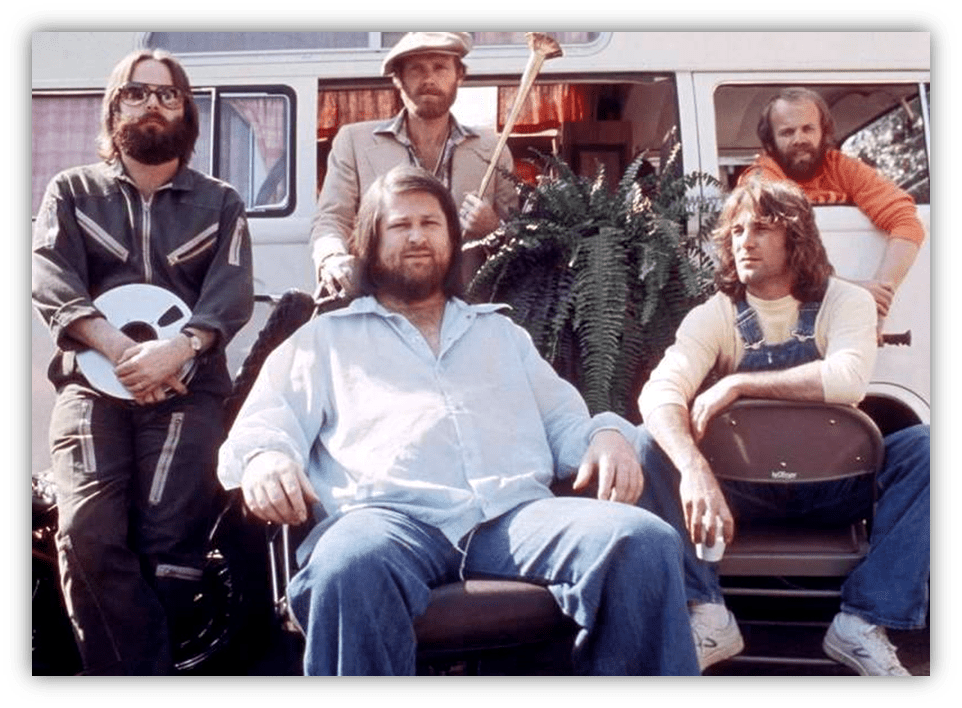
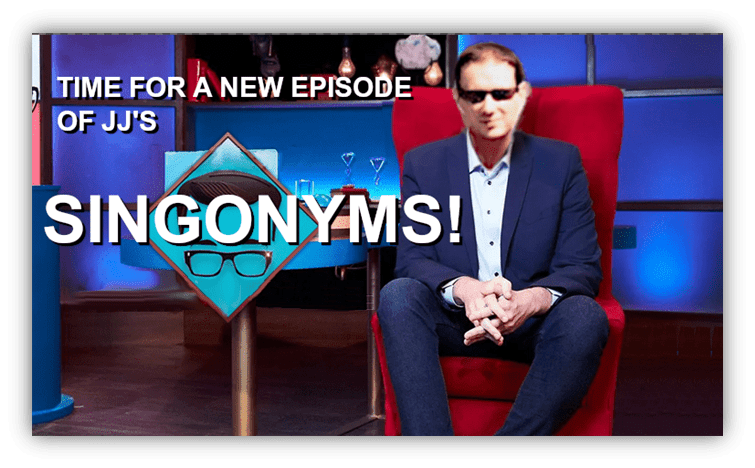
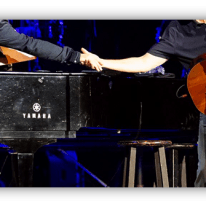
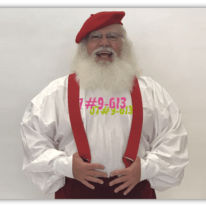
Rollerboogie, a rather long list with some nice surprises! (Tennille? Really??) I also have to add then when I lived in the Middle East, there was a gym teacher who worked with us who had the most eclectic music collection I’d ever seen – he only had about 100 CDs, but there was absolutely no rhyme or reason to what he had, but he was SO passionate about the artists he did have.
That passion rubbed off, and I wound up purchasing a couple of those same artists, including Manu Dibango’s Wakafrica and a couple by Thelonious Monk. Still a big fan!
MT58, love the new setup, and I hope it keeps me logged in! (It remembered my password, so *fingers crossed*)
Thank you for weighing in, thegue.
And yes, Tennille. She can flat out play.
Great list! As a bassist, I’ve been influenced by Elton John, too. I picked up a copy of his 11-17-70 album when I was in early high school. It’s a recording of a live radio broadcast, and it’s just piano, bass, drums, and vocals. That spare lineup made the bass really stand out, and it made me think, “I want to play whatever that is.” I started playing a year or two later.
Dee Murray was, of course, a great bass player. Toward the end of his life, he lived in Nashville, and he died here, too. It’s a longish story but I now own what’s purported to be one of his basses. I can’t prove that’s true except that one of his business cards was in the case and it has a grocery list on the back. I have it framed in my living room.
I remember when Dee Murray died. It was tragic, and yet it led to one of the most amazing concerts that I have ever seen. Elton came to the Opry House and performed a couple of benefit shows for his family. I was fortunate enough to see one of them. It was Elton, a piano, and a keyboard. His performance was emotional and somehow raw and polished at the same time. And, of course, by that time in his career, a 4,400 seat venue was basically a living room, so the show was very intimate. A once in a lifetime event for me.
What a truly touching story. Elton’s charity work is legendary but this quiet act of kindness is next level beautiful
Beautiful. Had to be an amazing experience.
That is a fantastic story about how you came to play the bass and how you eventually likely owned one of Dee’s basses. I would frame that grocery list too! I’ll bet eggs were on the list. Always running out of those.
I really appreciate this list rollerboogie. It’s always fun to see musicians’ lists of favorite/influential songs. I appreciate the non-conventional entries along with the expected ones. Your fawning over Ben Folds now means I really should check him out (I never have).
Also, I really liked “When Ben Folds”! I found it on Apple Music and it’s now in my library. Are you playing on it?
Thank you, Link! Yes, do listen to Ben Folds. Of his solo stuff, my favorite album is Rockin’ the Suburbs, but I also love Songs for Silverman. Whatever and Ever Amen with the Ben Folds Five is what got me into him. I heard them playing “Battle of Who Could Care Less” live in the studio of the local alt-rock station, and that was all I needed.
Yes, that is me playing the piano and singing on “When Ben Folds”. I am thrilled that you like it!
This was a lovely piece. As a veteran of two years of forced piano lessons, I lean more toward appreciation. I don’t think any of these wonderful players had much influence on my rendition of “Three Blind Mice”.
But I love to listen to them now. Where is the Spotify list?
Thanks, ltc. I was going to put together a playlist, and it just never happened. I will try…
When I was in college, one of my black music history professor started playing 3 blind mice on the piano with these super jazzed up chords and this rolling bass line. It was amazing.
As a non player its interesting to read your influences and what it is about them that impresses you. And as a Ben Folds fan (with or without the Five) its pleasing to see the praise you have for him. Good stuff.
He truly is the greatest ever. He showed me that piano players can be fierce, with their playing and beyond. A viewing of a concert video of his where he ends a song by nearly destroying the inside of the piano and then throwing the piano bench at the piano was life changing for me.
He threw the bench when I saw him, too!
Ooooh so many goodies here RB!! I love me some Brubeck, Thelonious Monk (April in Paris) Sergio Mendes of course, as we grew up with him. Elton’s glam rock era of piano was so influential – I always feel compelled to dance to Crocodile Rock no matter what! You are one of my favorite piano players RB. You know how to get the party started or bond us at Christmastime. Love you brother
And yes, I was in the Capt n Tennille cover band. We had such fun
Yes, absolutely you were.
I remember the guys once trying to perform for the girls, and y’all were drowning us out on the line “good lookin’ guys come a dime a dozen” and a big argument broke out that could not be resolved.
Aw, thank you, sis! Love you too! Listening to April in Paris right now. It wasn’t on my short list, but I have heard it. So very Monk.
“Jackson Cannery”, to me, is one of the great album one, track one songs of all-time. My first thought was: “What does Elton John think?” To me, it sounded like an indie rock “Honky Cat”. I think “Alice Childress” is a classic; the most Elton.
1995 was a banner year for piano-led indie rock. Suddenly Tammy’s major label debut We Get There When We Do performed so poorly, the label wouldn’t release their follow-up. Beth Sorrentino is on piano. If the major only released “Not That Dumb” as the lead single. It’s so obviously the lead single.
I didn’t know Toni Tennille played the piano.
The more you know.
“…briefly took over the landscape,” also perfectly encapsulates the career of Air Supply.
“The Way It Is”, timeless.
I will check out Suddenly Tammy and report back.
Ok, I listened to a bunch of Suddenly, Tammy! tracks from the major label debut and I have thoughts. Beth Sorrentino doesn’t sound like any other piano player I’ve heard. It’s hard to pinpoint what her influences are. I can see the label trying to squeeze something Tori Amos-esque out of her, but she doesn’t really fit that mold. Any other comparisons in my mind were with artists that came after. So that’s a good thing, artistically, to have your own unique voice.
On the down side, many of the songs lack focus and make it difficult to invite multiple listens. The album overall sounds more like a demo than a major label release. Some reworking of the songs and a bit of extra sheen could have helped. The bass and drums mostly don’t really add anything interesting to the arrangements, leaving the piano to do the heavy lifting. A guitarist in the band could have helped, if Beth was open to playing off of another instrument. Listening to “Hard Lesson”, it’s a decent song, but in my head I can hear a great song that never materializes. Not sure who produced it, but it doesn’t sound like they were getting the kind of guidance that gets you to the next level.
All that said, there a couple of tracks I may listen to again. There was potential here. If they came around a few years later, the label may have known more what to do with them.
Thank you for bringing them up.
Thanks, rollerboogie. I appreciate your Dave Marsh school of criticism approach. Not everything can be brilliant. But given the choice between listening to the same work of genius over and over again, it’s good to play something that’s flawed, but interesting. I have a lot of albums like that. I tried my best to buy everything CMJ reviewed before the next issue. Are you a Chicago native? To this day, I still play Chicago’s Pinetop Seven. My favorite album is Rigging the Toplights from 1998. It was a CMJ featured album. I kinda miss the blind purchase era. Another example, I could play Exile in Guyville on repeat, or any number of Lucy Kaplansky albums. I learned about Kaplansky through her collaboration with the great Dar Williams and Richard Shindell on a one-off project.
I am a native of Chicago (suburbs). Born here, never left. I did know about lots of bands from the local scene, but not familiar with Pinetop Seven or Lucy Kaplansky. Listening to both. Both feel more Nashville than Chicago, particularly the latter, which may be why I never heard them. Not where I was leaning at the time. And I just noticed that Lucy Kaplansky moved to New York at 18 and never was a part of the Chicago scene.
I do know Exile in Guyville but pretty much everyone in my age bracket does.
Kept listening to Lucy Kaplansky. Her cover of “More Than This” is stunningly gorgeous.
another outstanding article RB! Being your brother, I knew of most of your influences, but before i
even read it, I knew Elton John would be at the top of your list for obvious reasons. One of my favorite Elton songs that features his magical keyboard skills is: “Funeral for a Friend/Love Lies Bleeding” from “Goodbye Yellow Brick Road”. Enough about Elton. I agree with our sister Elise, you are my favorite piano player! I’ve always enjoyed going to see you play! I love when you bust out a solo, And it keeps getting better and better and I don’t want it to end! Simply the best!
Thank you, bro. So sweet.
And yes, your Elton choice is right on. That’s pretty high up there for me too.
Woah…it’s a family reunion at tnocs!
I agree with all of your choices, including your pop choices. I think musicians can get smug about pop musicians. I, for one, am impressed when someone can write and perform songs that get airplay, streams, and downloads.
It’s interesting that, as someone I know who loved the Moody Blues, you didn’t include Patrick Moraz.
My own list would include Herbie Hancock and Keith Emerson.